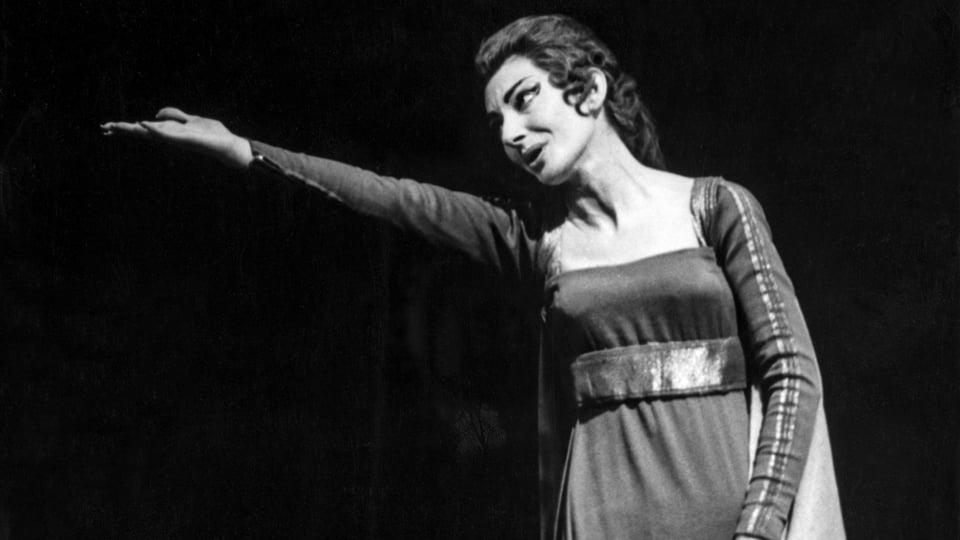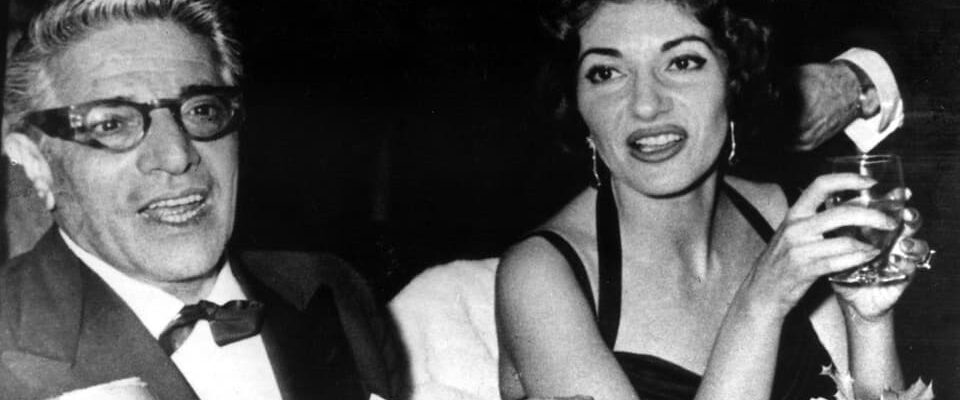Contents
For many, Maria Callas is the same as opera singing in general. The prima donna was born 100 years ago. And still enchants today. But her career was short-lived. What remains of “the calla lily”?
You could tell her life from the end. Maria Callas died in Paris in 1977 at the age of 53. Apparently suffering from heart failure. A woman who has seen the world. And which had been seen by the world. And heard. On all the big stages, from La Scala in Milan to the New York Met. Callas was ensnared and fawned over, loved and hated.
Opera and jet set life
She last appeared on the opera stage in 1965, as Tosca in the title role of Giacomo Puccini’s opera. The shine of her voice had already given way to the glamor of the jet set. In 1959, the extremely rich shipowner Aristotle Onassis invited the prima donna onto his yacht, along with Winston Churchill. The press lurks on the quay at every harbor entrance.
Legend:
A dazzling pair of lovers: the extremely rich entrepreneur Aristotle Onassis and the opera singer Maria Callas in Monte Carlo in 1961.
IMAGO / ZUMA / Keystone
Callas has long been a public figure. Her wardrobe, her love affairs and, above all, her alleged ones Rivalry with singer Renata Tebaldi is being eyed by the media. Tebaldi is good-natured and charitable, sings beautifully, and is reliable. Callas, on the other hand, have a voice that sounds like drought and dryness. She is career-addicted and self-centered, a “hellcat”. And neither the press nor the audience forgive her for canceling appearances.
Callas fights and enchants
In 1950, Callas sang for the first time at La Scala, of all places, as a stand-in for Tebaldi. She would conquer this stage three years later as Medea in Cherubini’s opera of the same name. Since then she has been fighting gladiator fights. Insiders still refer to La Scala as the “Circus Maximus”. Callas fights and enchants her audience. Mostly.

Legend:
Maria Callas sings Medea in the opera of the same name at the Royal Opera in Covent Garden in London in 1961.
KEYSTONE/Str
If a note goes wrong, there are hisses and boos from those in the know. The others continue to applaud. If she convinces both of them as the tragic heroine of the opera stage, the applause can last a long time. In Milan she made history like this: 24 minutes in Donizetti’s “Anna Bolena”.
From third grade to the halls of fame
Callas’ beginnings are full of hardships. She travels third class on the steamer from New York to Italy. Nobody knows her, nobody wants her. She goes to Verona, where she meets a man almost 30 years older who will open the doors to the opera world for her. Battista Meneghini, an industrialist, benefits from his wife’s increasingly increasing salaries, his “investment”.
The love between the two, however, soon grows cold. Callas sings in Venice for a $50 evening fee. A little later for 800 in Milan. Soon for 8,000. When she took over the Italian houses for herself, money soon no longer played a role.
What remains of callas?
What remains of the daughter of Greek immigrants who was born in Manhattan on December 2nd? A short-sighted girl with glasses thick as the bottoms of bottles. A young woman with an iron will? A soprano from the low contralto who practiced up to six hours a day? A superfigure still today?
Callas is a myth, to be sure. This is what she is made to do during her lifetime. Her career, which only lasted about fifteen years, did just that. That remains. And there are countless recordings left. Her forever captured voice, which could do one thing above all: open heaven for us and point us into the deepest abysses. Or as the writer Ingeborg Bachmann put it after hearing Callas sing: “Maria Callas was the lever that turned a world around.”
